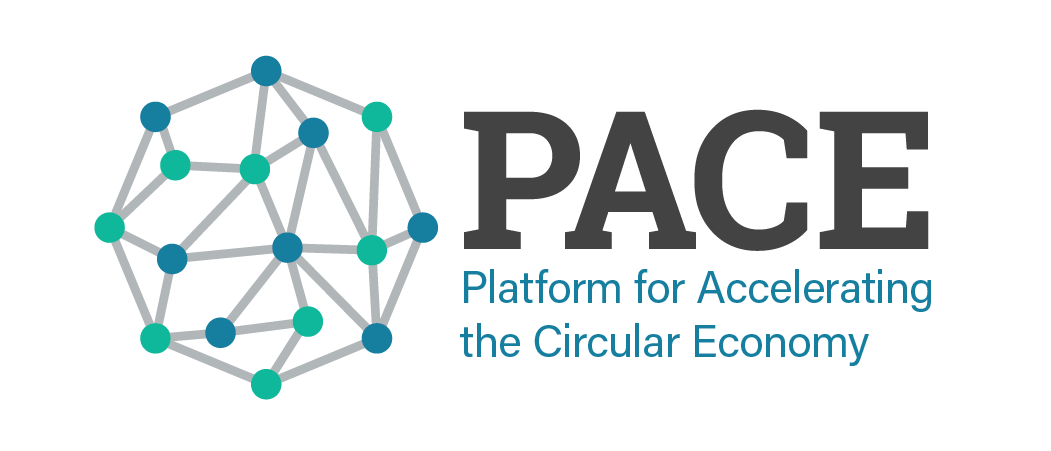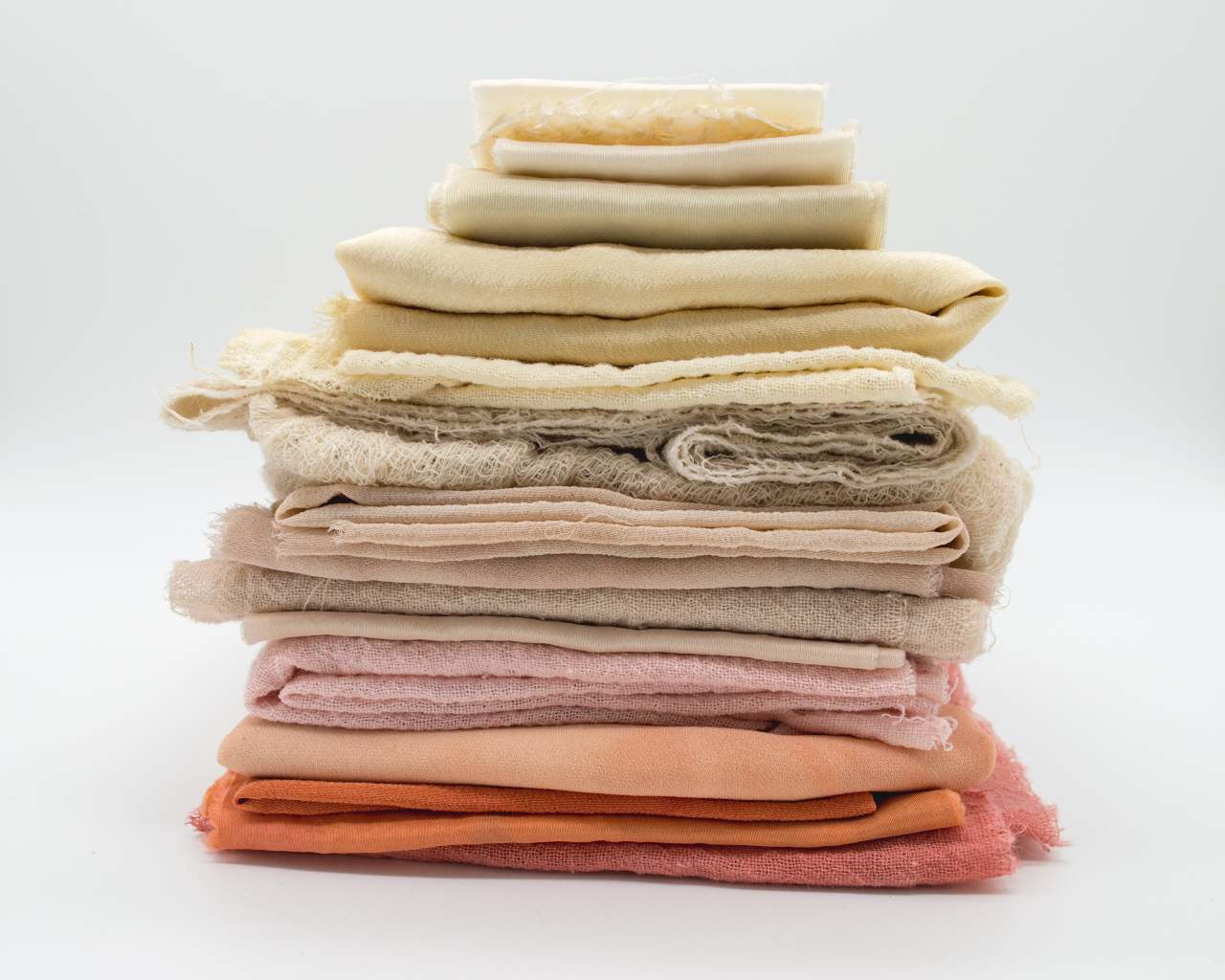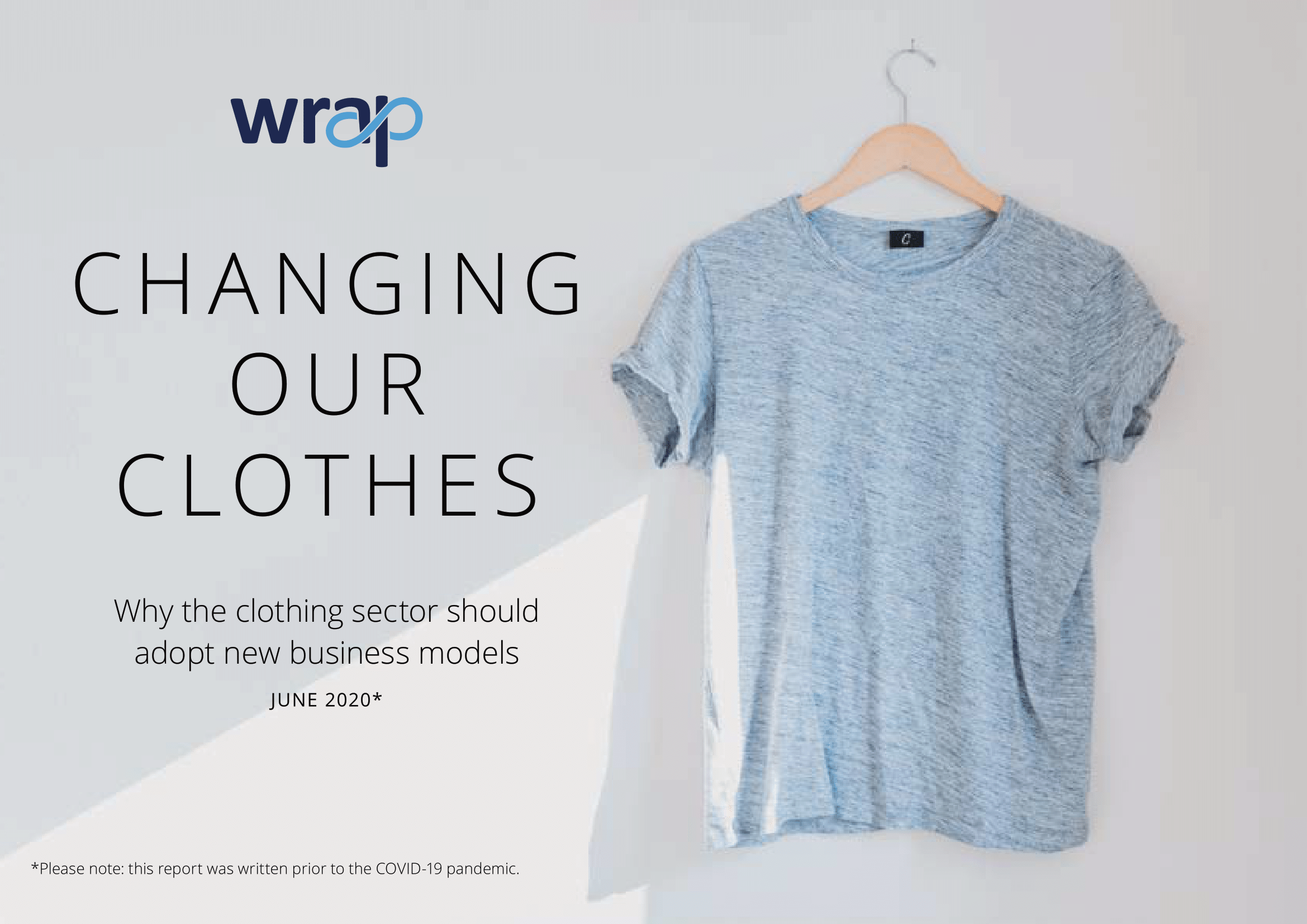Textiles Action Network
This Action aligns with the following Calls to Action from the Circular Economy Action Agenda for Textiles:
1. Incentivize and Support Design for Longevity and Recyclability
3. Encourage the Market to Use Less Clothing, and for Longer
4. Guide and Support New Business Models for Environmental, Financial, and Social Triple-Win
To create positive impact, we have to turn global ambitions for circular clothing into tangible action points that can be taken up by local actors”
- David Rogers, Head of International Resource Management at WRAP
Location
Global and National (UK, Textiles 2030)
Leading partner
WRAP, a charity working with governments, businesses, and communities to deliver practical solutions to improve resource efficiency.
Ambition of the Textiles Action Network project
WRAP aims to develop global goals for a circular clothing economy and facilitate their translation into national frameworks with measurable targets.
They focus on three long-term ambitions set out in the Ellen MacArthur Foundation's vision of a circular economy for fashion:
1) Circular Design – Clothes are made to be made again
2) Circular Manufacture – Clothes are made from safe and renewable or recycled inputs
3) Circular Retail – Clothes are used more
Why do we need the Textiles Action Network?
There is an urgent need to address the catastrophic environmental impacts of Fast Fashion. The current clothing system is extremely inefficient. It is estimated that more than half of fast fashion produced is disposed of in under a year[1].
To shift to a sustainable textile industry will require a radical re-imagining of the current linear models. Many initiatives are already trying to combat this and drive a move to a circular economy – however, they all fall short.
Currently, there is no proven, coordinated way of delivering change that harnesses government involvement and industry leadership, connects existing initiatives, and holds them to account.
How will the Textiles Action Network facilitate the transition to a circular clothing industry?
WRAP has an extensive track record of delivering change through the use of Voluntary Agreements. These have proven effective across multiple industry sectors and in multiple countries around the world and offer an alternative policy option to cumbersome, expensive, and inflexible legislation. WRAP has used its experience in developing these agreements to produce a ‘Blueprint’ to facilitate the successful delivery of national agreements across food and plastics.
Project partner WRI has complimentary experience in both metric setting and policy engagement which underpin the successful implementation of such agreements. With funding from the Laudes Foundation (formerly C&A Foundation), WRAP will work closely with other key players in the circular fashion space to establish an effective, replicable model for national circular clothing action Plans.
Textiles 2030™
In April 2021, WRAP introduced the UK's Sustainable Textiles Action Plan: Textiles 2030™. This ambitious new initiative is on a mission to transform the fashion and textiles sector into a climate-neutral and profitable industry that is fit for the future. With over 35 organisations signed up, Textiles 2030™ is bringing the whole fashion and textiles industry together with governments, research institutes, innovators and disruptors with a bold commitment to make fashion more sustainable and tackle climate change.
What are the next steps?
The following steps are planned:
-
Map out existing circular clothing initiatives and define gaps
-
Develop global targets
-
Find an in-country partner and win the support of the national government
-
Build a steering committee with important local players from across the fashion supply chain
-
Define national framework in cooperation with local stakeholders
-
Develop governance structure and allocate funding
-
Agree on most impactful interventions and roadmap
-
Establish metrics, data collection method, and reporting standard
-
Run pilot in-country
-
Produce a Blueprint on how to set up a Voluntary Agreement on Circular Fashion
-
Evaluate project results and disseminate achievements and lessons learned
Successful completion of the project will be expanded on two dimensions:
-
Share learning with the parallel agreement in the UK
-
Replicate the project in other countries
[1] Ellen Macarthur Foundation, A new Textiles Economy (2017) https://www.ellenmacarthurfoundation.org/assets/downloads/publications/A-New-Textiles-Economy_Full-Report_Updated_1-12-17.pdf
Partners
WRAP, the World Resources Institute
Contact
textilesactionnetwork@wrap.org.uk
danishcircularpact@wrap.org.uk


